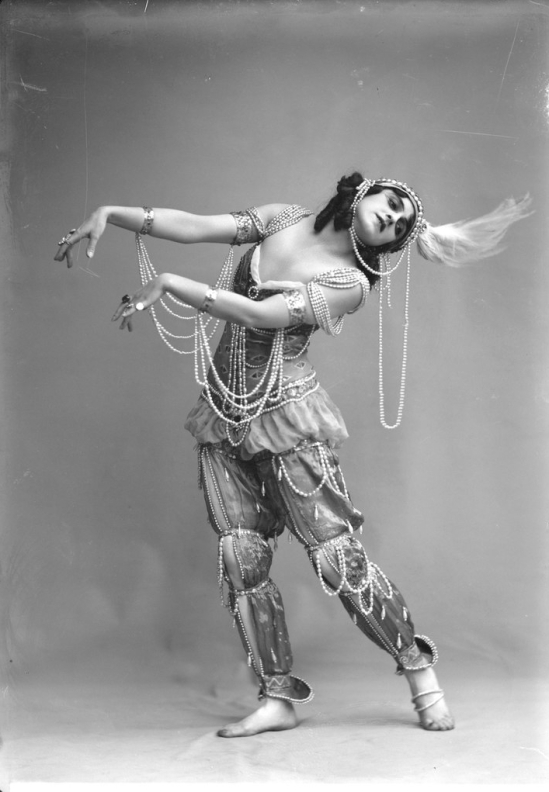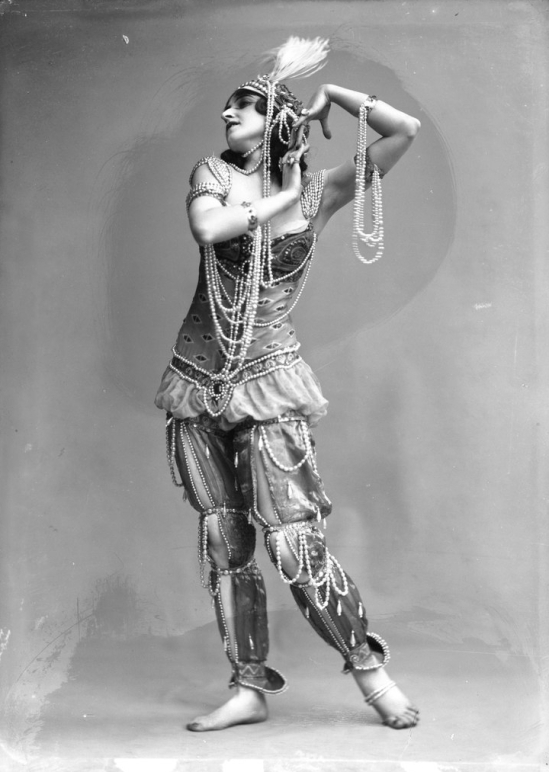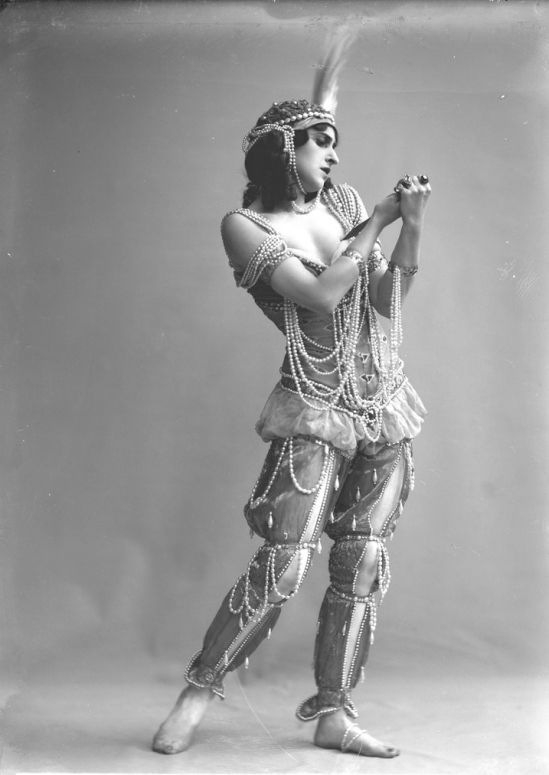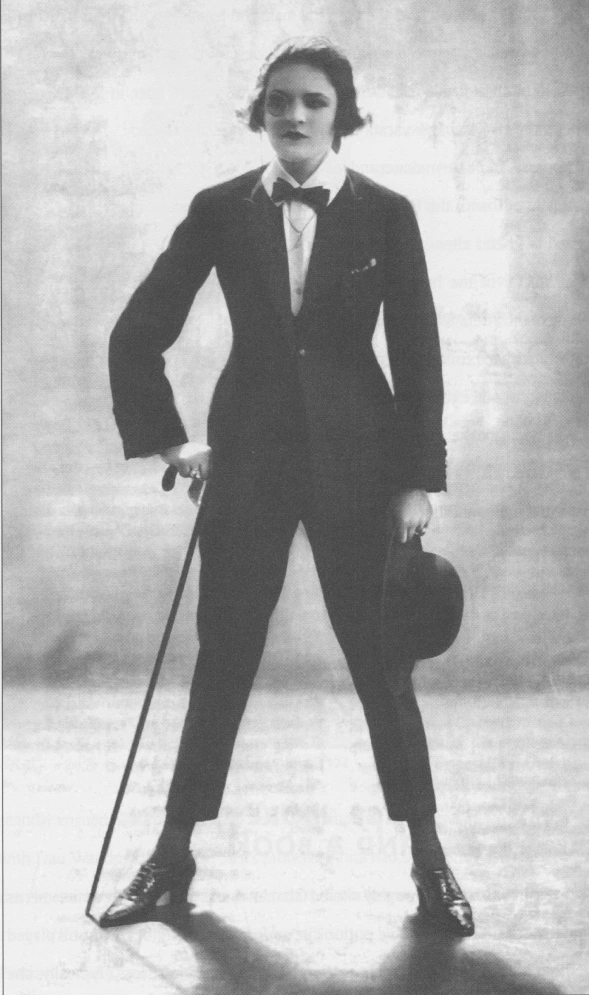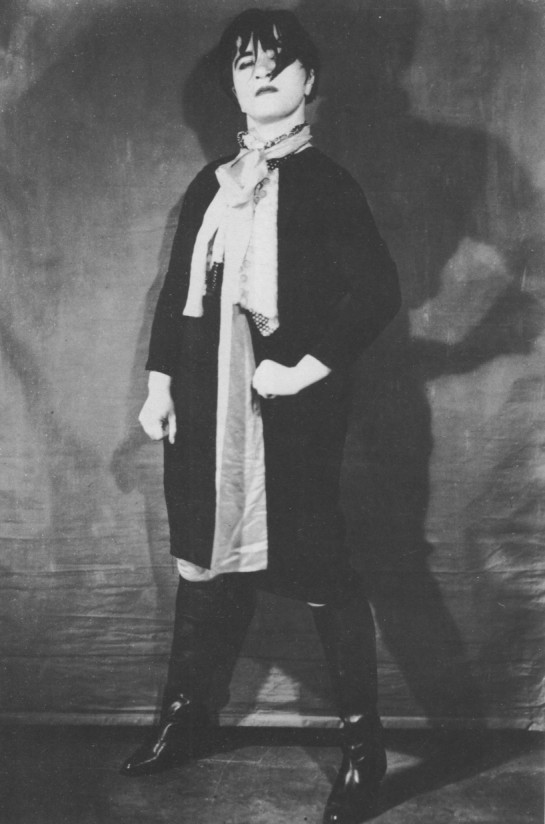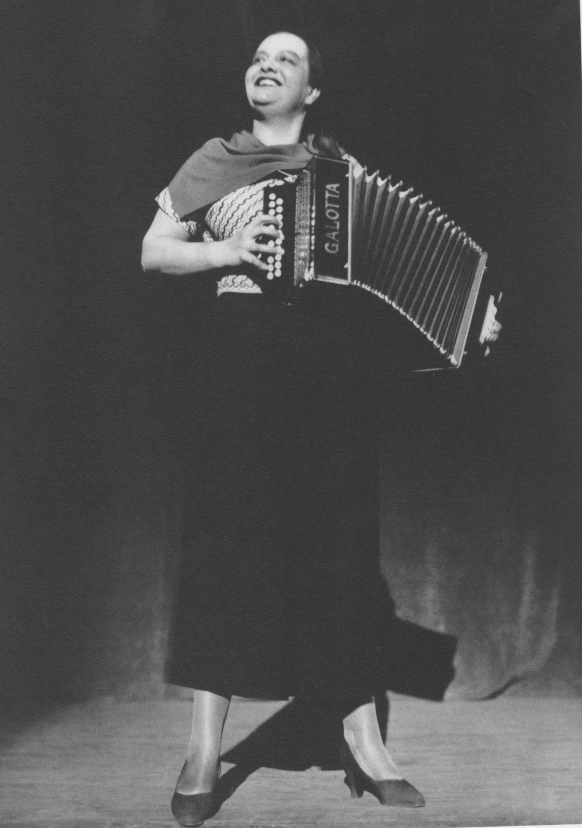Flappers were a “new breed” of young Western women in the 1920s who wore short skirts, bobbed their hair, listened to jazz, and flaunted their disdain for what was then considered acceptable behavior. Flappers were seen as brash for wearing excessive makeup, drinking, treating sex in a casual manner, smoking, driving automobiles, and otherwise flouting social and sexual norms.
Flappers had their origins in the liberal period of the Roaring Twenties, the social, political turbulence and increased transatlantic cultural exchange that followed the end of World War I, as well as the export of American jazz culture to Europe.

Zelda Fitzgerald was an American socialite and novelist, and the wife of American author F. Scott Fitzgerald, who dubbed her “the first American Flapper”. She and Scott became the emblem of the Jazz Age, for which they are still celebrated via

Clara Bow epitomized the Roaring Twenties’ flapper. At only 25, she retired exhausted by repeated scandals about her presumed sexual life. Photo: Bow in a shiny strapless dress by Eugene Robert Richee, 1926 via

Coleen Moore was Bow´s “chief rival”. After Bow took the stage Moore gradually lost her momentum. In spring 1924 she made a good, but unsuccessful effort to top Bow in The Perfect Flapper, and soon after she dismissed the whole flapper vogue. Photo: Coleen Moore in “Why Be Good?”, 1929 via

Louise Brooks 1920. She was an American dancer and actress noted as an iconic symbol of the flapper, and for popularizing the bobbed haircut via

Gilda Gray, 1924. She was an American actress and dancer who popularized a dance called the “shimmy” which became fashionable in 1920s films and theater productions via

Tallulah Brockman, 1922. Bankhead was an American actress of the stage and screen, and a reputed libertine britannica.com

Anita Loos was an American screenwriter, playwright and author, best known for her blockbuster comic novel, Gentlemen Prefer Blondes first published in 1925. It was one of several famous novels published that year that chronicled the so-called Jazz Age – including Fitzgerald’s The Great Gatsby. Photo: Loos, on page 12 of the April 1922 Photoplay via
